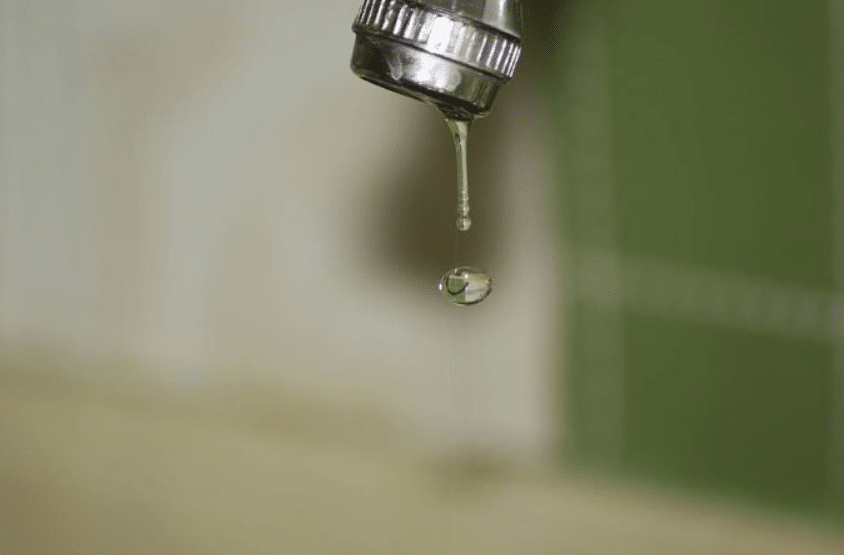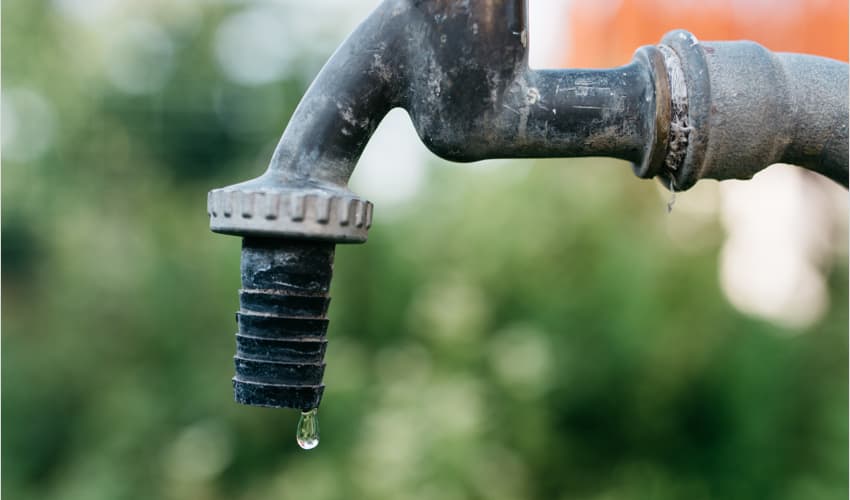Six Factors Behind Common Water Leaks in Homes and Prevention Tips
Six Factors Behind Common Water Leaks in Homes and Prevention Tips
Blog Article
They are making a few great points about Most Common Causes of Leaky Pipes overall in the content underneath.

Leaks not only create waste of water yet can also create unneeded damage to your house and advertise undesirable natural growth. Water leakages could go undetected because most of the pipework in our home is concealed. By looking and also comprehending for daily situations that cause leaks, you can protect your residence from future leakages and unneeded damage. Today, we will consider six leakage triggers that might be creating your pipes to drip.
Elbowing in roots
A lot of water leakages start outside the residence rather than inside it. You may notice wet spots or sinkholes in your backyard, and that may indicate that tree roots are attacking water lines creating water to seep out.
Corroded water systems
As time goes by, your plumbing system ages and also rust such as corrosion might begin gnawing the pipelines. This might be the root cause of staining or warping on your pipes. This asks for an evaluation with your plumber quickly. Think about changing the pipelines since they are at a higher risk of corrosion than the newer designs if our plumbing system is old.
Faulty Pipe Joints
Pipeline joints can degrade over time, resulting in water leaks. If you have noisy pipes that make ticking or banging sounds, specifically when the warm water is turned on, your pipe joints are possibly under a whole lot of stress.
Immediate temperature changes.
Severe temperature level changes in our pipes can cause them to increase as well as contract all of a sudden. This growth and also contraction might create fractures in the pipes, especially if the temperature are listed below freezing.
Poor Water Connectors
At times, a leak can be triggered by loosened tubes and also pipelines that provide your devices. In case of a water links leakage, you may observe water running straight from the supply line or puddles around your home appliances.
Obstructed Drains
Clogged drains may be aggravating and inconveniencing, however they can often wind up causing an overflow bring about burst pipes. Keep eliminating any kind of products that might go down your drains pipes that can obstruct them to stay clear of such inconveniences.
All the above are root causes of leaks yet not all water leakages result from plumbing leaks; some leaks may originate from roof covering leakages. All leakages need to be repaired quickly to stay clear of water damage.
Leakages not just cause waste of water but can likewise trigger unnecessary damage to your house as well as promote unwanted organic development. By understanding and looking for everyday situations that cause leakages, you can secure your house from future leaks as well as unnecessary damage. Today, we will look at six leakage triggers that may be causing your pipes to drip.
At times, a leakage can be created by loosened pipes and pipelines that provide your devices. In instance of a water links leakage, you might discover water running directly from the supply line or puddles around your home appliances.
How To Check For Water Leak In Your Home
How To Check for Leaks
The average household's leaks can account for nearly 10,000 gallons of water wasted every year and ten percent of homes have leaks that waste 90 gallons or more per day. Common types of leaks found in the home are worn toilet flappers, dripping faucets, and other leaking valves. These types of leaks are often easy to fix, requiring only a few tools and hardware that can pay for themselves in water savings. Fixing easily corrected household water leaks can save homeowners about 10 percent on their water bills.
To check for leaks in your home, you first need to determine whether you're wasting water and then identify the source of the leak. Here are some tips for finding leaks:
Take a look at your water usage during a colder month, such as January or February. If a family of four exceeds 12,000 gallons per month, there are serious leaks.
Check your water meter before and after a two-hour period when no water is being used. If the meter changes at all, you probably have a leak.
Identify toilet leaks by placing a drop of food coloring in the toilet tank. If any color shows up in the bowl after 10 minutes, you have a leak. (Be sure to flush immediately after the experiment to avoid staining the tank.)
Examine faucet gaskets and pipe fittings for any water on the outside of the pipe to check for surface leaks.
Undetected water leaks can happen without the home or business owner even realizing. If you suspect a water leak, but not able to find the source. It is time to contact a professional water leak detection service, The Leak Doctor.
How To Find a Water Leak In Your Home
https://www.leakdoctor.com/blog/How-To-Check-For-Water-Leak-In-Your-Home_AE197.html

Hopefully you liked our section on Common Water Leaks In House. Many thanks for taking a few minutes to read our post. Enjoyed our write-up? Please share it. Let other people locate it. Thanks for your time invested reading it.
Schedule And Pricing Report this page